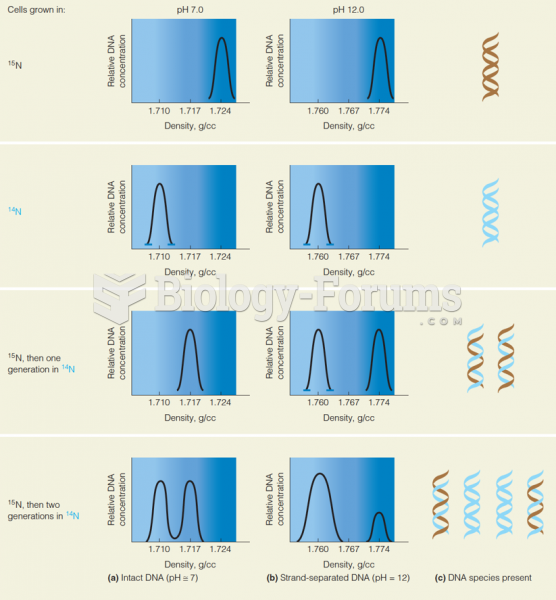|
|
|
On average, someone in the United States has a stroke about every 40 seconds. This is about 795,000 people per year.
Aspirin is the most widely used drug in the world. It has even been recognized as such by the Guinness Book of World Records.
You should not take more than 1,000 mg of vitamin E per day. Doses above this amount increase the risk of bleeding problems that can lead to a stroke.
According to the American College of Allergy, Asthma & Immunology, more than 50 million Americans have some kind of food allergy. Food allergies affect between 4 and 6% of children, and 4% of adults, according to the CDC. The most common food allergies include shellfish, peanuts, walnuts, fish, eggs, milk, and soy.
When blood is exposed to air, it clots. Heparin allows the blood to come in direct contact with air without clotting.







